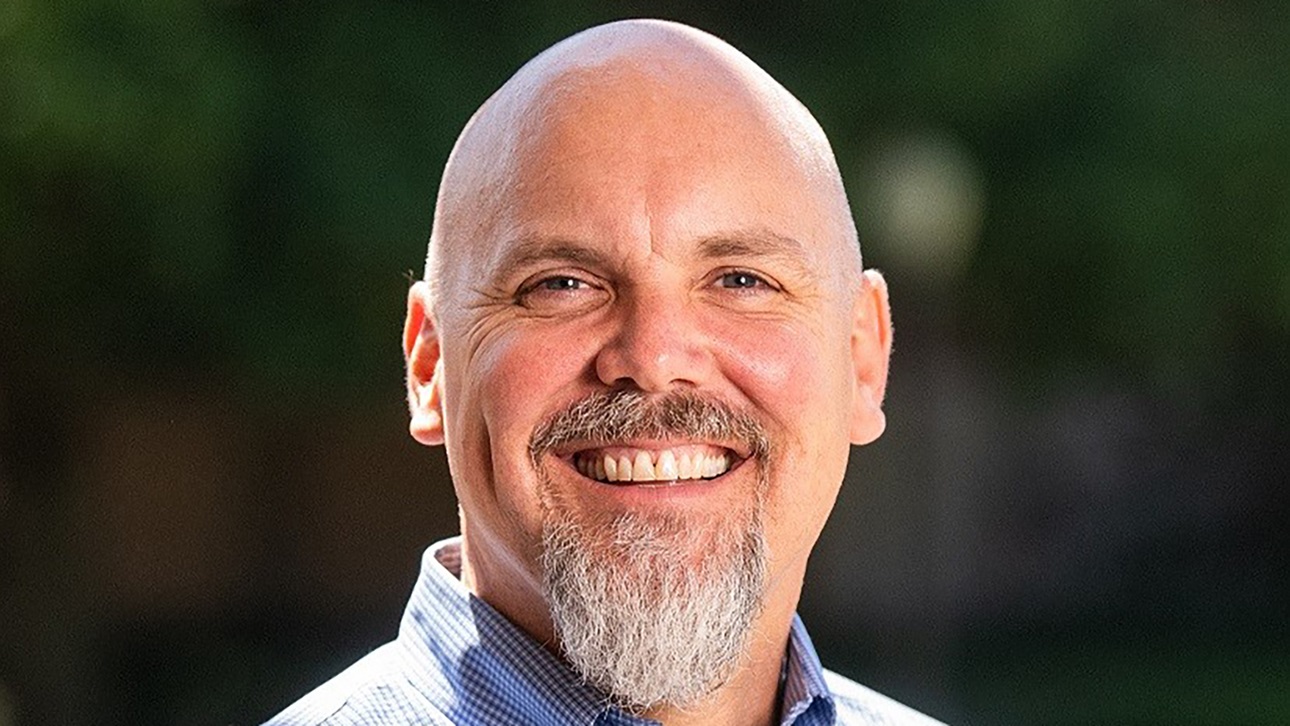Benefits of Continuing Education
Q-and-A with Todd Usher

Rumor has it you’re working toward your Ph.D., all while running the show as president at Addison Homes. How do you plan on using aspects of your degree in your business, particularly as they relate to high-performance building?
Well, I’ve never been able to satisfy my thirst for new knowledge and education. Pursuing my Ph.D. seemed to be a logical continuation of this lifelong pursuit. The PhD program in Planning, Design, and the Built Environment is a multidisciplinary doctoral program drawing students from Construction Science and Management, Architecture, City and Regional Planning, and Real Estate Development at Clemson University.
I continue to be enthused and fascinated with the cross-disciplinary interaction between students from each of these disciplines — related to home building, but often not incorporated into most home builders’ “world view.” My graduate school experience has positively impacted my approach to high-performance building, enabling me to take a more holistic view of the home building industry.
My preliminary research has been in the arena of consumer trust in home builders. I have always felt that many aspects of high-performance home building must have positive effects on consumer trust. I am exploring this thought further in my research, which may provide insight into what we builders can do to impact our client’s trust in us positively.
Why did you decide to go back to school after years of working? Was there anything in particular within your work that drove the decision?
I had served on the industry advisory board for Clemson’s Construction Science and Management program for several years before I decided to become a student there. When the department leadership expressed an interest to the advisory board in having industry professionals teach in the classroom, I was immediately interested. In the end, my return to school was two-pronged: I started to teach in the CSM program as a Graduate Instructor and simultaneously started the Ph.D. program. The most substantial driver for returning to school after 24 years was my love of teaching and sharing my knowledge combined with my lifelong interest in learning.
What advice on professional development and continuing education do you have for other high-performance home builders and professionals? Are there any programs you would recommend to help builders be successful?
SOAK UP EVERYTHING YOU CAN!!! When I started building over 20 years ago, one of the first things I did was join my local HBA, and therefore NAHB. Several years into my building career, I learned about NAHB designations during one of my first IBS trips and started taking NAHB continuing education courses, working towards various NAHB designations. These courses were informative and often led to other sources for continuing education in the industry, including high-performance building courses and conferences. Some of my favorite national continuing education opportunities are NAHB designation courses, the International Builders’ Show (IBS), as well as the Energy and Environmental Building Alliance’s (EEBA) high-performance Summit and designation courses.
I feel that builders are professionals with unique skills and knowledge, and we should continuously be honing our craft to increase our knowledge and improve our business practices. We must also invest in our employees and partners. The following quote is often attributed to Henry Ford and rings true to me today: “The only thing worse than training your employees and having them leave, is not training them and having them stay…..”
What components of your education were you able to incorporate immediately into your work and did those aspects change your way of thinking?
One of the first changes after my return to school that I was able to implement in my business was using drone and 360° camera technology to document the construction progress of our projects. We now use drones to video document the exterior envelope/water barrier of our homes before siding installation. We document our homes’ interiors with 360-degree photographs after installing mechanicals and before we cover the walls with drywall. These simple uses of current technology allow us to reduce liability and provide a defensible record of our construction before everything is covered.
The second experience that truly changed my way of thinking came in one of my first research theory courses, where I read a book called “The Structure of Scientific Revolutions” by Thomas Kuhn. Kuhn describes how revolutions in science occur in history. This book was likely where today’s common phrase “paradigm shift” originated. The perspective I gained from this book provided some historical context around the battle that some of us fight in the building industry to build high-performance homes and challenge the status quo.
Any specific time management tips you would give to members who are also interested in completing continuing education while working?
Time management has always been a challenge for me. With school, I’ve had to improve my time management skills by keeping my priorities clear. I recently read “Getting Things Done: The Art of Stress-Free Productivity” by David Allen. This book provided some simple insights that have allowed me to improve my time-management skills.
Early in my career, IBS was always a great place to pursue continuing education in one place, at one time. The pandemic has brought some changes that have made continuing education much more convenient; nearly all conferences and training courses are now available online, reducing the cost and time requirements of travel. Now is a perfect time to integrate some virtual continuing education into one’s schedule.



